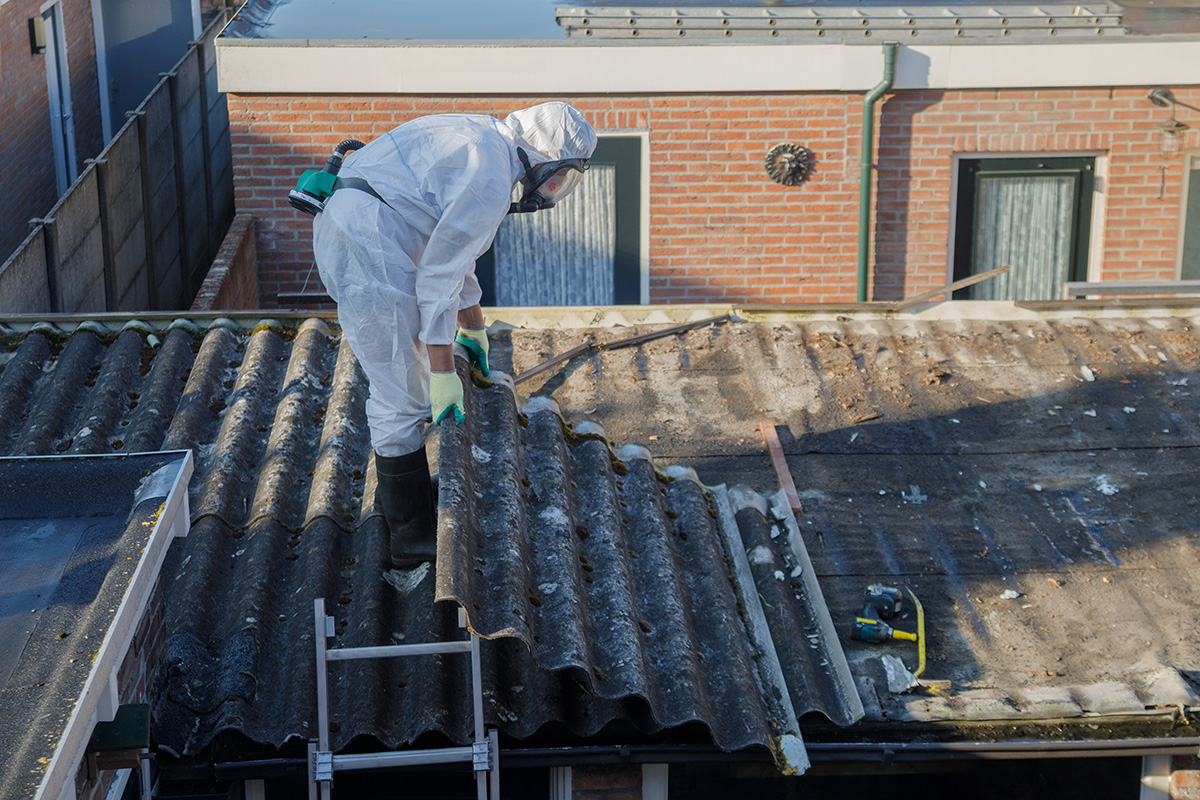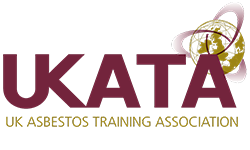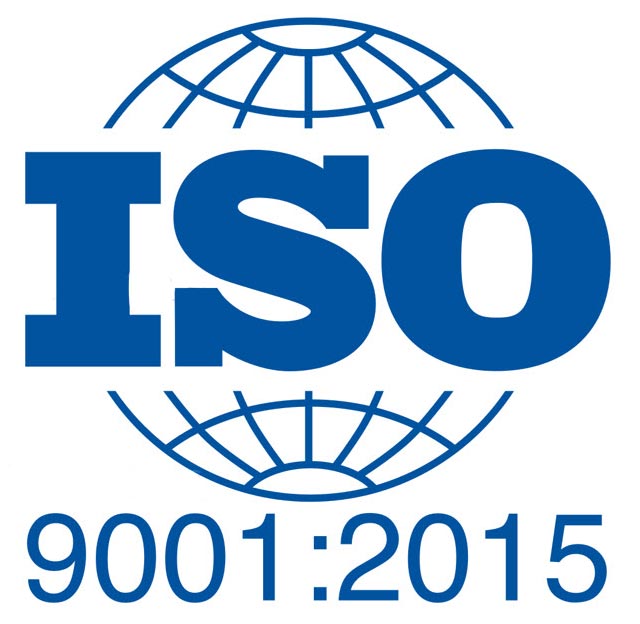The Importance and Process of Asbestos Roof Removal: Ensuring Safety and Compliance
Asbestos, once hailed for its fire-resistant properties and durability, has now become synonymous with health hazards. Asbestos-containing materials were extensively used in construction for decades, and one of the common applications was in roofing materials. As our understanding of the dangers associated with asbestos exposure has evolved, the need for asbestos removal, especially from roofs, has become imperative to safeguard public health. Here we will delve into the importance of asbestos roof removal, the potential health risks, and the systematic process of asbestos roof removal involved in ensuring a safe and compliant procedure.
The Dangers of Asbestos Exposure
Before exploring the specifics of the process of asbestos roof removal, it is crucial to understand why asbestos poses a serious health risk. Asbestos fibres are microscopic and can become airborne when materials containing asbestos are disturbed or damaged. Once inhaled, these fibres can cause various respiratory diseases, including asbestosis, lung cancer, and mesothelioma. The latency period for these diseases is often long, ranging from several years to decades, making early detection and prevention essential.
Asbestos in Roofing Materials
Asbestos was commonly used in roofing materials due to its resistance to fire, heat, and weathering. Asbestos-cement sheets, shingles, and corrugated panels were popular choices for roofing applications. Over time, as these materials age and weather, they can release asbestos fibres into the air, posing a potential threat to anyone in the vicinity. Therefore, addressing asbestos-containing roofing materials is critical to maintaining a safe and healthy environment.
Importance of Asbestos Roof Removal
Health and Safety:
Protecting the health and safety of occupants and workers is the primary reason for asbestos roof removal. Exposure to airborne asbestos fibres can lead to severe respiratory illnesses, and early removal is necessary to prevent long-term health consequences.
Legal Compliance:
Many countries have strict regulations regarding asbestos removal to protect both workers and the general public. Compliance with these regulations is not only a legal requirement but also ensures ethical and responsible handling of hazardous materials.
Property Value and Insurance:
Asbestos-containing materials can significantly affect the value of a property. Potential buyers or insurers may require documentation proving that the asbestos has been safely removed to maintain the property’s value and insurability.
Environmental Impact:
Asbestos removal is not only about protecting human health but also safeguarding the environment. The proper disposal of asbestos waste is crucial to prevent contamination of soil and water sources.
The Asbestos Roof Removal Process
Risk Assessment:
Before initiating any removal project, a thorough risk assessment is conducted to determine the extent of asbestos contamination and the potential risks involved. This assessment helps in developing a comprehensive removal plan.
Regulatory Compliance:
Adherence to local and national regulations governing asbestos removal is paramount. This includes obtaining necessary permits, notifying relevant authorities, and following established procedures for handling and disposal.
Containment and Isolation:
Asbestos removal is a delicate process that requires careful containment of the affected area to prevent the spread of asbestos fibres. Specialised equipment such as negative air pressure units and barriers are employed to isolate the work zone.
Personal Protective Equipment (PPE):
Workers involved in asbestos removal must wear appropriate PPE, including respirators, coveralls, and gloves, to minimise direct contact with asbestos fibres.
Wet Methods and Controlled Demolition:
Wet methods, such as misting or using water during removal, are employed to suppress dust and minimise the release of asbestos fibres. Controlled demolition techniques ensure that asbestos-containing materials are not broken or damaged during removal.
Safe Removal and Packaging:
Trained and certified asbestos removal professionals carefully dismantle and remove asbestos-containing roofing materials. These materials are then double-bagged in impermeable containers to prevent fibre release.
Decontamination:
A systematic decontamination process is crucial for ensuring that workers do not carry asbestos fibres outside the work area. Decontamination units, including showers and changing rooms, are set up for this purpose.
Waste Disposal:
Asbestos waste is categorised as hazardous material and must be disposed of in accordance with local regulations. Specialised disposal sites equipped to handle asbestos waste are utilised to prevent environmental contamination.
Post-Removal Inspection:
A thorough inspection is conducted after removal to ensure that the site is free from asbestos contamination. Air monitoring may be performed to confirm that airborne asbestos levels are within acceptable limits.
In conclusion, asbestos roof removal is a complex and highly regulated process that demands meticulous planning and execution. Prioritising the health and safety of individuals, compliance with regulations, and environmentally responsible practices are essential throughout the removal process. Property owners and contractors must engage certified asbestos removal professionals to carry out these tasks, thereby ensuring the proper handling and disposal of asbestos-containing roofing materials. Ultimately, proactive asbestos roof removal not only mitigates health risks but also contributes to creating a safer and more sustainable built environment for present and future generations.
For more information on the Process of Asbestos Roof Removal contact Asbestos Fighters.





